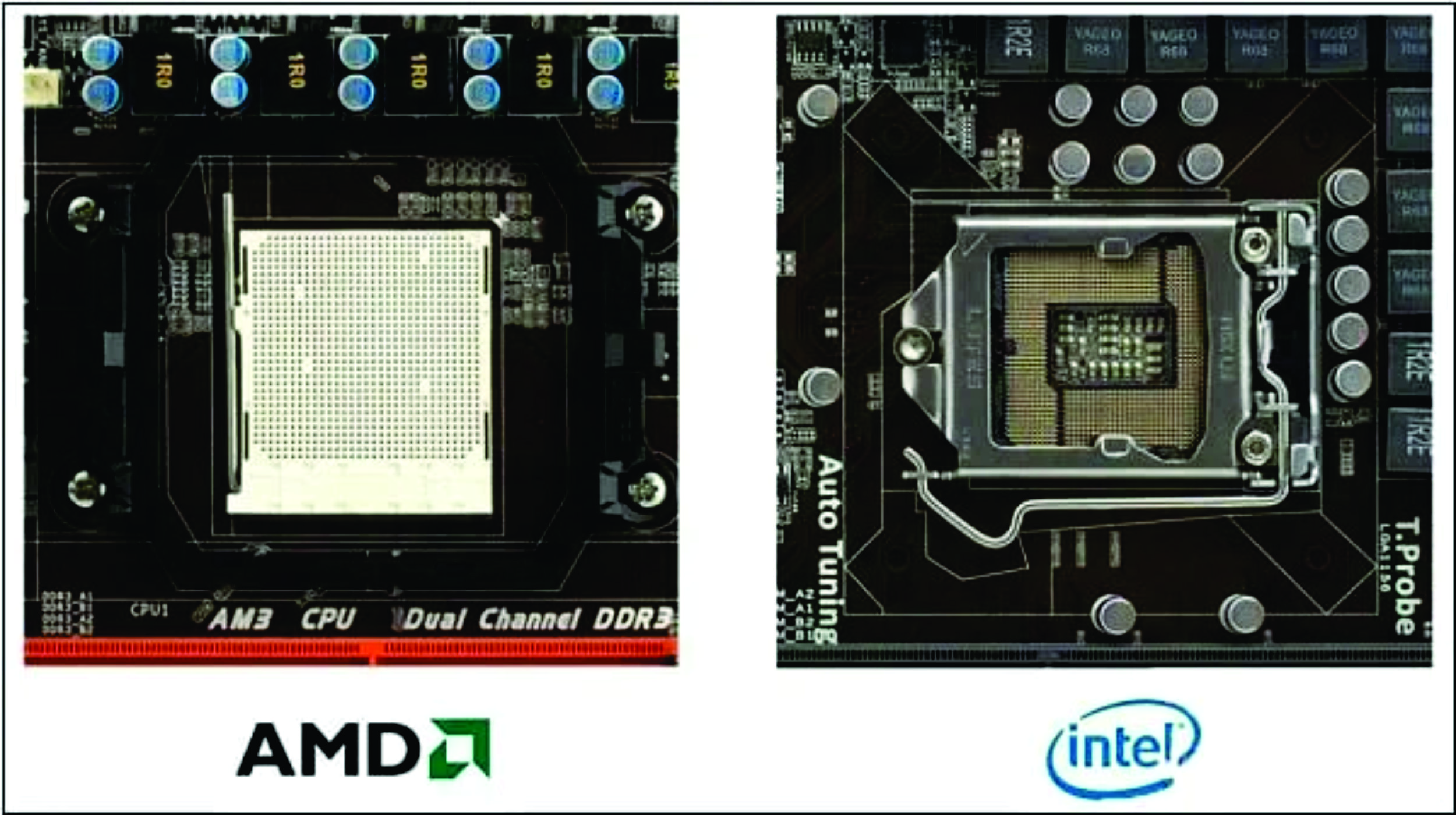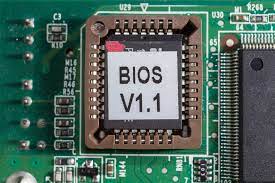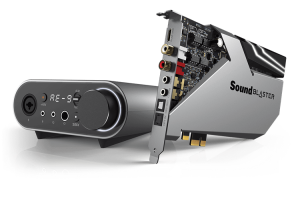Types Of CPU
The acronym CPU is referred to as the Central Processing Unit. CPU is one of the most important parts of any digital computer or any other programmable device. Different types of central processing unit (CPU) is responsible for the efficiency and working of the device.
Before jumping into types of processors first understand the function of the CPU in simple terms.
What is the CPU and its Function?

The CPU is the central memory of the computer or any device that allows all the tasks like gaming, editing, Internet surfing, messaging, etc, to be carried out efficiently. The processor is placed in the centre of the motherboard around the VRM section.
In technical terms, the Central Processing Unit (CPU) is a vital component being the brain of a computer device that handles all the instructions and arithmetic or logical calculations.
And then signals are sent to the other units of the computer to carry out all series of processes related to the management of computer memory. During this process, heat generates which’s why small CPU fans need to install to dissipate it.
In short, the central processing unit is responsible for inputting and storing the programs and data that the machine will require at the time of executing a job as an output for the user.
The central processing unit houses the internal units like RAM and ROM memories, hard drives, power supply units.
These offers ports in which you can connect various input and output and storage devices such as monitors, pen drives, microphones, headphones, keyboards, mouse, digital graphics tablets, printers, and cameras via PC Cabinet.
Types of Central processing Unit / Types of Processors
There are 6 types of central processing units Single Core Cpu, Dual Core Cpu, Quad Core Cpu, Hexa Core Cpu, Octa Core Cpu, and Deca Core Cpu. These are the 6 types of central processing units that are being used in various devices like desktops, laptops, and mobile phones.
These types of CPUs decide the speed, Efficiency, Multithreading, cache, clock frequency, effective functioning of the computer, and mobile devices.
The performance at which software programs operate depends on how powerful the CPU is. The main manufacturers are Intel, and AMD in computers and Qualcomm (SnapDragon), MediaTek, Samsung (Exynos), and Apple Bionic are in mobile devices, each of them has its own type of Central Processing Unit.
Let’s get to know the list of different types of CPU processors and their features.
1. Single Core CPU
The single-core CPU is the oldest type available and it was introduced in the early history of computing this was the only one that could be used in computers. It was possible to carry out certain tasks, but it was a bit slow.
Single-core CPUs can perform only one operation at a single point in time, that’s why they are not a very good choice at multitasking. This meant, at the time, a notable decrease in the performance whenever the user executes more than one application in them.
Although only one operation could be started at a time, another could be activated before the first was finished, but with each new operation, the equipment was slower. Also, the clock-speed of these processors was very low. And the performance, power, and speed of any CPU depend on its clock-speed.
Characteristics of a single-core CPU are very few compared to the latest cores for system operations. However, this was the beginning of a great revolution in computing.
2. Dual Core CPU
A dual-Core CPU is actually a single CPU, but it is comprised of two cores on the chip that’s why this CPU functions like two CPUs.
The clock speed of this processor also almost doubles make it possible to handle multitasking more comfortably and much better than processors that have only one core.
Dual-core CPU can execute more than one operation at the same time and at a higher speed. This means that only one operation could be started at a time, the second operation would be started a little before the first one was over. In this way, performance capacity and speed reduce a bit.
The dual-core CPU processor has to switch back and forth to different sets of data streams if more operation is to be done.
In order to use the full potential of Dual Core, it is necessary to have a special code written in the operating system called Simultaneous Multi-Thread Technology (SMT) so as to run programs more efficiently. Dual-core CPUs are faster than single-core CPUs, but not as fast as the four-core CPUs that have replaced them.
3. Quad Core CPU
The term Quad indicates the 4 cores present in the processor characterized by taking into account speed and power consumption, they also have great capabilities for multitasking in comparison to the single and dual-core CPUs.
It has four cores working simultaneously, capable of performing any task for which it has been intended, at high speed, and above all, performing several tasks at the same time. It is the immediate antecedent of what would later be the 8 or10 core CPUs.
The Quad-Core CPU divides the workload into four cores. This does not mean that it will multiple the speed four times for a single application. In fact, it will only accelerate multitasking work that means executing multiple tasks at the same time efficiently.
When you have to do a lot of work on a computer, like for Video Editing, Gaming, Designing, etc. then you use these types of CPUs with executing the SMT code will boost the speed more.
4. Hexa Core CPU
The Hexa Core CPU has six cores on the chip to execute the task and transmit all data more rapidly as compared to quad-core and dual-core processors. Therefore, its working speed, clock speed, performance will be faster and will also be more suitable for multitasking.
The first Hexa core CPU was launched in Intel core i7 processor in 2010.
5. Octa-Core CPU
The octa core CPU as its name suggests another multi-core processor are consists of 8 cores, which takes the performance and speed of multitasking to a different level than the above CPU processors for any computer device.
Numerous octa-core CPU processors comprise a dual set of quad-core processors that separates various activities between the different sorts that’s why it is also known as a “dual quad-core processor“.
Commonly, these types of CPUs are utilized to execute advanced tasks on computers and other devices.
6. Deca Core CPU
The dual-core is built with two cores, four cores are built-in quad-core, six cores are built-in hexa-core, eight cores are built-in octa-core, where Deca core comes with 10 cores where the Deca processors are developed with eight autonomous cores to execute a task will be much efficient and rapid than all the core processors until now.
It is the most powerful and successful CPU than the above CPU processors for any computer device. Now you would have a clear idea that on increasing the number of the core of the processors, the performance and its capacity to perform multitasking to increments.
Presently you would have a reasonable thought that on expanding the quantity of center, the presentation and its capacity to do performing various tasks to increments.
Deca core processors are the latest trending processor in the market. Due to its advanced features and performance, it is very successful in multi-tasking and for programs like 3d gaming, VFX, modeling, etc at the same time expensive in rate.
Good to know~ The first microprocessor invented by Intel in the 4th generation of computers (year 1971).
Different Types of CPUs and their Features.
| CPU (Processor) | No. of Cores | Launched | Name | Speed and Cache Level |
| 1. Single Core CPU | 1 | Intel released their first Single-core processor in the Year 1971. | Intel 4004 | 740 KHz and 640 bytes of RAM. |
| 2. Dual Core CPU | 2 | Intel released their first Dual-core processor in the Year 2005. | Pentium D | 2.80 GHz and 2 MB of Cache. |
| 3. Quad Core CPU | 4 | AMD released their first Quad-core processor in the Year 2009. | Athlon II X4 | 3 GHz and 2 MB of Cache. |
| 4. Hexa Core CPU | 6 | Intel released their first Hexa-core processor in the Year 2010. | Intel core i7-980X | 3.60 GHz and 12 MB of Cache. |
| 5. Octa Core CPU | 8 | Intel released their first Octa-core processor in the Year 2014. | Intel Core i7-5960X | 3.50 GHz and 20 MB of Cache. |
| 6. Deca Core CPU | 10 | Intel released their first Deca-core processor in the Year 2017. | Xeon Silver 4114T | 3 GHz and 13.75 MB of Cache. |
What Is A CPU Socket
A socket is a place on the motherboard plate of the computer where the processor is inserted. It acts as a connector to connect and provide mechanical and electrical connections between the central processing unit (CPU) to the motherboard.
As we how motherboard is important for determine chip compatibility for CPU sockets either in desktops or servers. But in a case of laptops, they generally use surface-mounted processors instead of socket processors to save space on the motherboard and reduce its overall physical size.
The processor, before it is installed in the motherboard, must match its socket. So the processor socket is almost the most important characteristic. It is this that you should pay attention to when buying a new processor because it may happen that the processor does not fit the computer’s motherboard precisely because of the socket.
Sockets differ in the number of pins, which usually grows with the power and complexity of the processors. Some of the pins are used to power the processor, and some are in use for the operation of the processor itself, PCI Express bus, RAM, etc. For each socket, there is a unique pinout, and it looks something like this:On the other hand, some CPU socket types have several holes known as great matrix, whose sizes and shapes can vary depending on the pins that are going to be inserted and each port having a specific function. Through this matrix, it is possible to maintain a connection with the microprocessor where all the equipment works simultaneously
4 Types of CPU Sockets
There is a wide variety of sockets where each one is used in different types of microcomputers. They have different pins and have differences in terms of the interconnection made and their geometric arrangement.
Depending on the physical arrangement of the socket components, there are mainly four types of computer processor sockets:
1. LGA Sockets
The LGA (Land Grid Array) is a socket whose assembly is in packaging for integrated circuits. In these types of sockets, the needles are located in the CPU socket, and there are metallic points of contact in the lower area of the processor. The LGA can be electrically connected to a motherboard through a connector or by soldering the board directly.
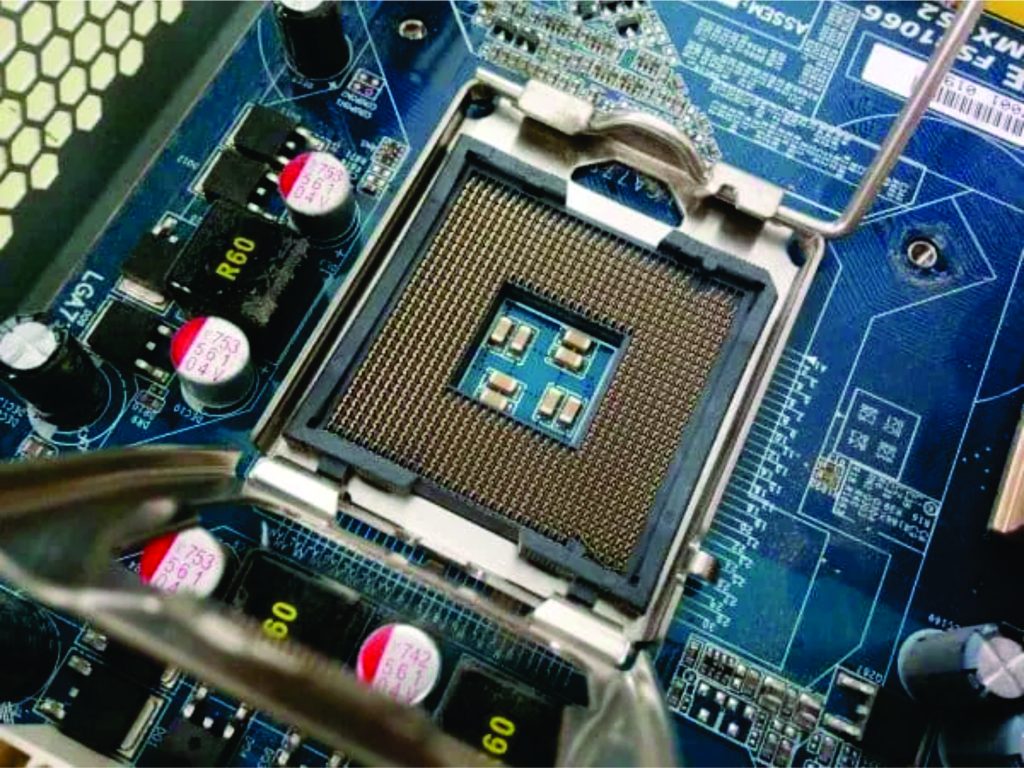
Since the socket has the pins on the motherboard instead of on the microprocessor, the microprocessor contains holes in its lower part where they insert; this prevents the microprocessor pins from being damaged, and it is the most current of all sockets.
Many Intel sockets have seen LGA types, such as the LGA 1150, LGA 1155, or LGA 1200. AMD has also used this type of socket since the powerful “Opteron” chips in the early 2000s.
Going to more advanced dates, the TR4 or sTRX4 (Threadripper) socket is the first “consumer” LGA introduced by AMD (LGA 4094). Instead, Intel uses LGA for all processor ranges: servers, desktops, etc.
LGA plugs apply a compressive force after attaching a faceplate. Therefore, it can provide superior mechanical retention while avoiding the risk of bending the pins when installing the processor in the socket.
Also, the LGA sockets are much more profitable and better than some of the previous ones, and that is that they have the great advantage of allowing a larger and safer power source for the processor than the others.
2. PGA Sockets
The PGA (Pin Grid Array) is an integrated circuit packaging identified by being rectangular or square, whose pins are aligned in a regular matrix. Here, the pins may not cover the entire surface but leave gaps between them, with the standard spacing of 2.54mm.
It is designed to contain processors with a set of pointing pins. A PGA grip applies a compressive force once the handle is in place. This allows for better mechanical retention and avoids the risk of bending the pins when inserting the processor into the socket.
It falls within the oldest types of CPU sockets in computing, although they are not the most senior. Their configuration allows more pins per circuit than DIP sockets, which are much older. The big problem with the PGAs was that if a pin broke, it becomes worthless.
Examples of processors that have used PGA, like the legendary Intel 80386 or 80486, used this socket.
To say that we have seen variables of this socket, mainly PPGA (Plastic Pin Grid Array) and FCPGA (Flip-Chip Pin Grid Array), created by Intel for Pentium processors. Also, we saw the CPGA or OPGA, but they are much less known.
This configuration allows the motherboard socket to be stronger because the pins go into the processor. It is the typical AMD socket, from Athlon’s socket A to Ryzen’s AM4.
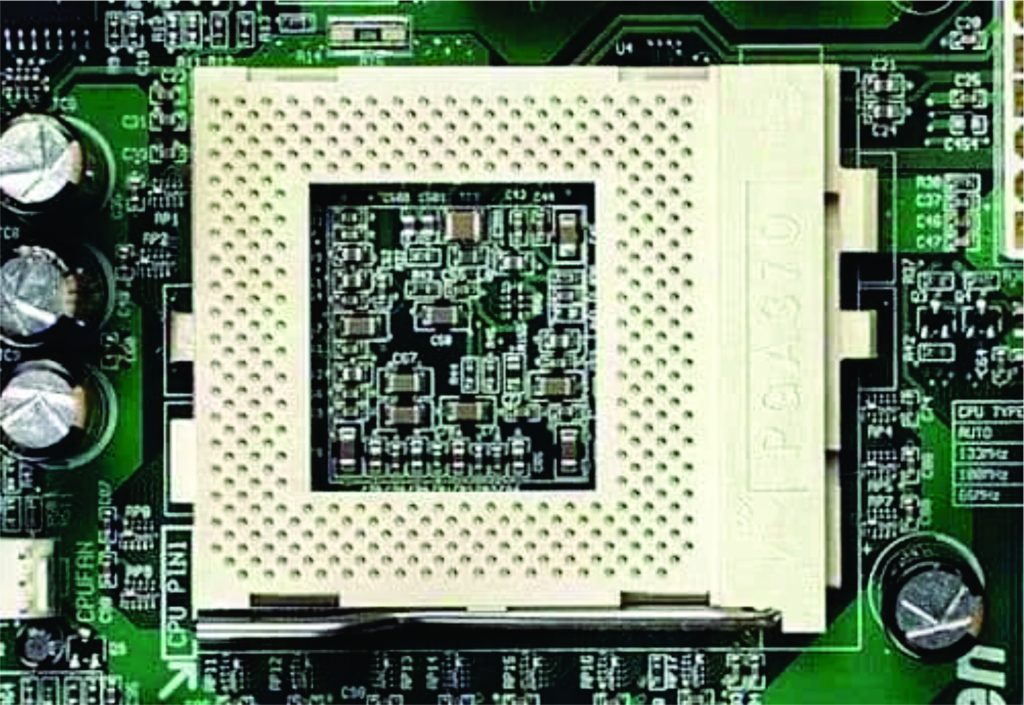
LGA vs PGA Sockets
LGA and PGA sockets can be perceived as opposites. A “Land Grid Array” (LGA) comprises of a socket with pins on which you install the CPU chip. The PGA (“Pin Grid Array”), in contrast, places the pins on the processor chip, which is then embedded into a socket with fittingly spaced holes.
In the present day computing era, Intel processors use mostly LGA sockets type, and AMD processors use PGA sockets. However, there are major exceptions to this lead.
For example, the monstrous AMD Threadripper uses Socket TR4 (Threadripper 4) is a LGA socket. Previously, with Intel processors such as the Pentium, Pentium 2, and Pentium 3 were PGA sockets.
LGA sockets have important advantages over older PGA sockets:
- Cheaper production of the processor,
- Less leakage current,
- The ability to manufacture very large sockets like Intel’s LGA 3647 or AMD’s TR4,
- Very reliable CPU retention compared to PGA sockets.
But PGA sockets also have their advantages:
- The socket itself is cheaper, which makes the motherboard more affordable,
- The feet on the processor are more reliable than the feet on the LGA socket and allow for the repair of dented feet. It is very easy to get damage of the legs in the LGA socket, also it is so difficult to straighten,
- PGA socket is more compact and more suitable for mobile technology.
3. ZIF sockets
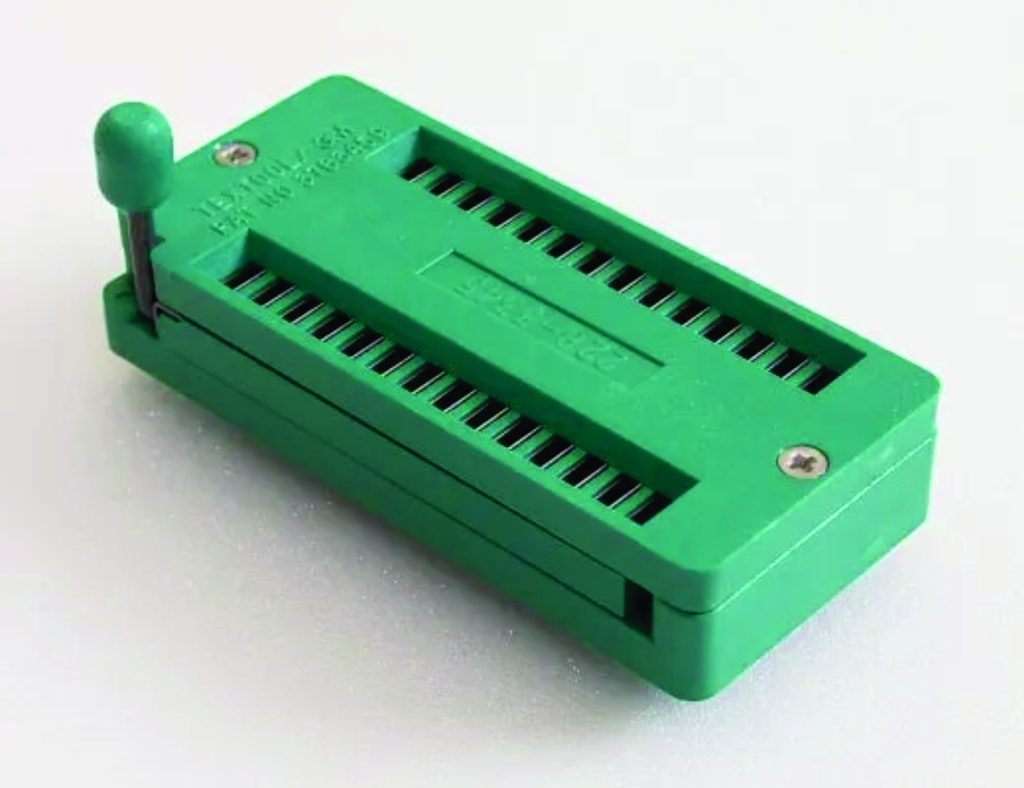
ZIF (Zero Insertion Force): This is an evolution of the PGA, where the pins are carried by the microprocessor and inserted into the socket connectors. This mechanism is defined by not exerting any pressure (Zero Insertion Force) when installing or removing the processor from the socket.
But rather uses a lever that acts as a safety device, the lever next to the socket allows it to be inserted without force, preventing the pins from bending and blocking it so that it does not come off even if the heatsink is not installed.
For CPU chips with many pins, the ZIF type of CPU sockets is preferred. To install a processor in a ZIP CPU socket, simply remove the chip. Once the chip is in place, turn a lever to lock the CPU in place. To remove the processor, turn the lever in the other direction and lift the chip.
ZIF sockets are widely used in memories or any computer component that allows the modification of informative data.
AMD is the one who has used the ZIF socket for its 939, AM2, 757, 940, M2 or S1 sockets. This is ideal to avoid damaging the processor’s pins when we manage it. The AM4 socket is also ZIF because it comes with its lever.
We also saw the LIF (Low Insertion Force). This mechanism lacked a lever and was a technology used in integrated circuit sockets designed to exert (little) force when inserting or removing the processor. Ultimately, they dropped to the ZIFs because they were safer.
4. BGA Sockets
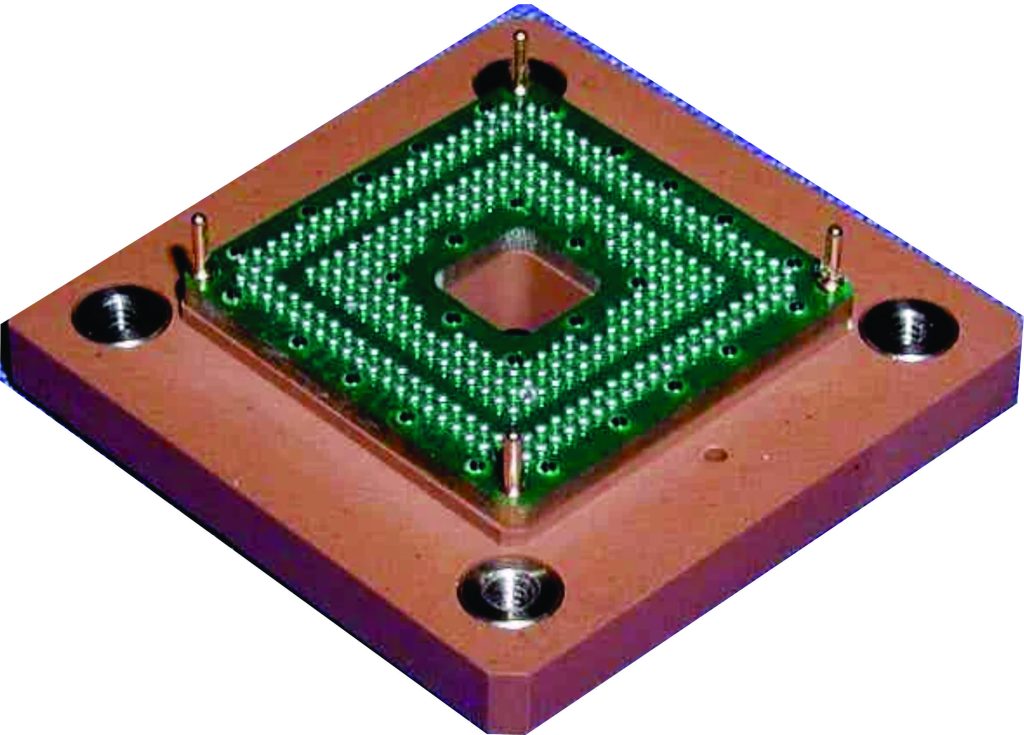
Not as famous as other types of sockets, the BGA (Ball Grid Array) socket is not technically a socket because its main characteristic is that the microprocessors are permanently mounted in this socket.
Some devices use BGA-type sockets, which require the CPU processors to be soldered into their bay. Therefore, this type of CPU socket does not allow the CPU to be replaced after one has been installed.
Why are there different processor sockets?
Different types of CPU sockets are a result of the continuous development of computer technology. Each of the connectors replaces the previous one when it cannot provide the normal operation of new processors for some parameters.
At the physical level, all sockets differ in size and shape, processor architecture, number of contacts, type, and location. In addition, they differ in the mounting of the processor cooling system. These often new requirements make different kinds of sockets incompatible with each other.
A processor using a specific socket type isn’t necessary to fit any motherboard with that socket. Thus, only a processor designed specifically for it can connect to a certain type of socket. You cannot remove the processor from the computer and replace it with any other. Only a processor with the same socket will operate.
Likewise, there are two main manufacturers of x86 processors: AMD and Intel. Both AMD and Intel processors have separate processor architectures, and most of the time, no compatibility is possible between them.
Intel vs AMD CPU Sockets
CPU Sockets are located near the VRM section of the motherboard for modern Intel processors in which the pins are located in the socket itself (in the image below on the right), and for AMD processors, they are slotted, when the pins are soldered to the processor, and the slot has slots into which these pins are inserted.

1. Intel CPU Sockets
There are several types of sockets that INTEL has used from its origins, some of them are:
- Socket 423: It was used in the versions that gave rise to the Pentium 4 – a kind of legend: the “quality mark” that every computer geek dreamed of.
- LGA 771: To install server and desktop Xeons and Core 2.
- LGA 775: Released in 2004 for 4 Stumps, Dual-Core, and Core 2 Duo.
- LGA 1155: Introduced in 2011. For “stones” on Sandy Bridge architecture.
- LGA 1356: It appeared in 2012 as a solution for dual-processor servers.
- LGA 1151: Replacement LGA1150, introduced in 2015. In 2017, version 1151v2 appeared, which is currently supported.
- LGA 2066: Replacement of LGA 2011-3 released in 2017.
- LGA 1200: Released in Q2 2020 for Comet Lake architecture (generally new!)
2. AMD CPU Sockets
Concerning AMD, several types of sockets have been used that has even existed since its origins, such as:
- Socket A: Introduced in 1999 as a solution for the new Athlon CPU, the main competitor to the Pentium III.
- Socket 754: This is the first socket to be used in the AMD Athlon 64 processor. This type allows the use of Turion and Sempron.
- Socket 939: “Simplified” version of the server Socket 940. Used since 2004.
- AM3. It appeared in 2009. Designed for processors that already support DDR3.
- FM1. Introduced in 2011 as a solution for hybrid CPUs with Fusion architecture.
- AM1. Introduced in 2014 for budget Kabini CPUs with Jaguar microarchitecture.
- AM4. Introduced in 2016 as a slot for Ryzen brand processors on Zen architecture.
- TR4. Modification for Ryzen Threadripper processors, released in 2017.
As in the previous case, the last two sockets in the list are still the most relevant at the moment.
How to find out which Socket type does my computer has?
To determine which socket is on your motherboard, it is just to remove the processor cooler and clear the CPU from thermal paste; the processor itself will say which socket it has so that the motherboard will have the same socket. Well, it may be not possible for everyone.

